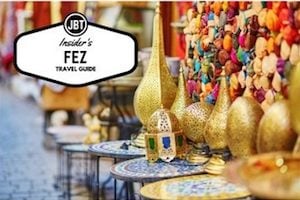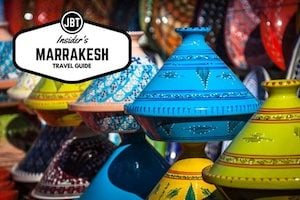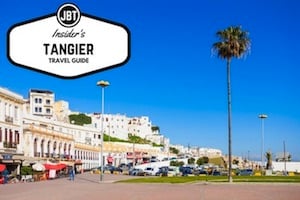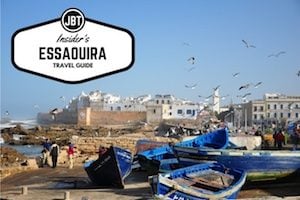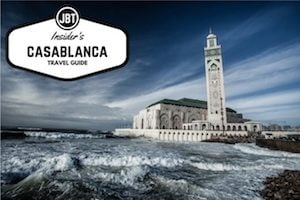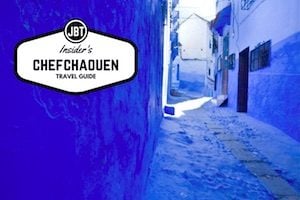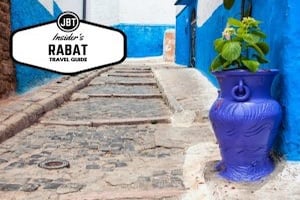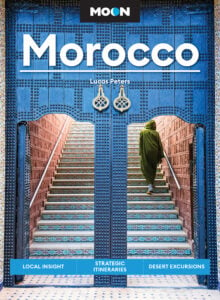 Set on the edge of the Sahara Desert in Morocco, Erg Chebbi is one of two ergs (large areas of windblown sand dunes) in Morocco. Most of Morocco’s desert is made up of flat, rockier terrain known as hamada, but Erg Chebbi has sweeping dunes that reach 525 feet in height. Both the 1999 movie The Mummy and 2005’s Sahara were filmed at Erg Chebbi.
Set on the edge of the Sahara Desert in Morocco, Erg Chebbi is one of two ergs (large areas of windblown sand dunes) in Morocco. Most of Morocco’s desert is made up of flat, rockier terrain known as hamada, but Erg Chebbi has sweeping dunes that reach 525 feet in height. Both the 1999 movie The Mummy and 2005’s Sahara were filmed at Erg Chebbi.
Since the dunes are located next to the village of Merzouga, they are often referred to in English as the Merzouga Dunes instead of Erg Chebbi. The most pleasant times to visit the dunes are in spring and autumn when days aren’t as hot as in summer and nights don’t get as cold as they do during winter.
Merzouga and Erg Chebbi are in eastern Morocco near the Algerian border. From the north, the best way to get to Merzouga is to travel to the small town of Rissani by car or public transportation. Buses run daily between Fez in Morocco, Meknes and Azrou to Rissani, but if you cannot find a bus that fits your schedule, you can travel to nearby Erfoud and take a one-hour taxi ride from Erfound to Merzouga. From Morocco’s southwest, take a bus to Rissani from Marrakesh.
If you arrive in Rissani in the morning and have not pre-arranged a pickup from a tour company or Merzouga auberge hotel, you are likely to be approached by different hotel workers and tour operators at the bus station. Various minivan services ply the route between Rissani and Merzouga.
Some of these minivans go straight to Merzouga or the smaller village of Hassi Labied, while some make a circuit through the various hotels. Others are run by specific hotels, and if you choose to use their minivan service you will go straight to one specific auberge that may not be within walking distance of any other accommodation options. Before agreeing to ride in a particular minivan, make sure it is clear where the minivan is going and if you will have the option of going to Merzouga center if you do not want to stay at the van driver’s sponsored hotel.
Merzouga and Hassi Labied have more than two dozen auberges and hotels set alongside the dunes. Most are built kasbah style, offer full or half board and have guest rooms and Berber tents. Some have salon-style accommodations for larger groups, while others have car camping facilities or provide cheap beds to travelers willing to sleep on rooftop mattresses.
Most auberges offer all-inclusive camel treks and camping tours of the dunes. Travelers can choose from sunset or sunrise camel rides that last only a few hours, or one- and two-night treks that involve camping in the desert. Prices are usually not set and you will need to bargain. Merzouga itself is a tiny village with not much more than a local mechanic, teleboutique, net cafe, carpet shop and some local touts, so you’ll want to make sure meals and water are included in the package deal.
Some auberges include ski or board rental for making your way down the dunes, while others provide bicycles to explore the surrounding the area. When traveling to Merzouga and the dunes, make sure to bring light clothing that can protect you from the sun during the day, plenty of water, sunscreen, sunglasses, warm clothes for sleeping in the desert and a scarf to protect your face from sand and sun.
If you haven’t ridden a camel before and plan on trying it, keep in mind that even just a few hours of camel riding can lead to bruises and sore muscles, so you might want to pack some cream or pain medication and a good pair of shoes in case you end up walking beside your camel instead of sitting on it!
4-WD excursions into the desert are also available from auberges and tour operators, although these tend to be significantly more expensive than camel treks. If the thought of riding a camel through the dunes doesn’t appeal to you, arranging a 4-WD tour may be worth the price.
Written by Heather Carreiro.
Photo by amerune.
